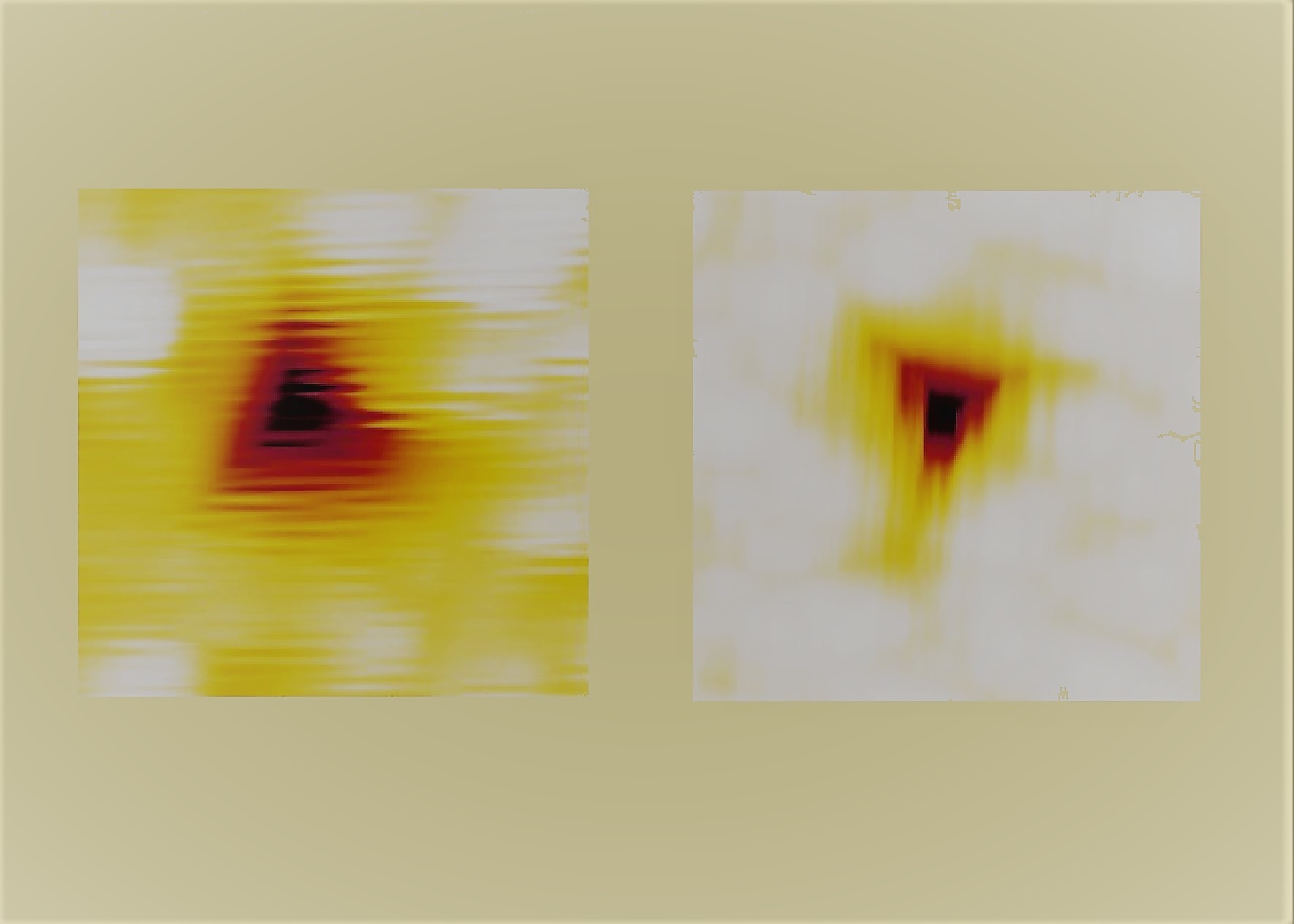
Author: Ali Kosari Mehr
Indentation
Indentation is a means of analyzing materials’ hardness – a complex feature generally defined as the resistance of a material against the intrusion of another harder material. In spite of the efforts made to propose a precise definition for hardness, the factor has remained semiempirical so far. The oldest measure of hardness was introduced by Mohs. According to this measure, a material being able to scratch another material is harder than the other one. Mohs selected ten materials in the order of their hardness magnitude and assigned them a number between 1 and 10; the harder the material, the higher the number.
As for indentation hardness, an indenter is pressed into a material to be researched with a given force/load being applied. Next, the residual impression is investigated to obtain a hardness value; the following table presents the most important indentation methods according to the geometry of indenters and the material forming the indenters.
| Name | Material | Indenter geometry | Notes |
| Rockwell |
Diamond, Steel |
Cone, Sphere |
The difference between the impression depths after indenting with low and high loads defines the Rockwell hardness. However, 18 Rockwell measures for different ranges of hardness are in use hinging upon the starting and final loads, the geometry of indenters, and the material forming the indenters. |
| Brinell | Tungsten carbide, Steel | Sphere |
HB=(2F)/[πD(D-(D2-d2)1/2)] Where d and D are impression diameter and sphere diameter, respectively. The hardness hinges upon the load applied (F). |
| Vickers | Diamond |
Quadratic pyramid |
HV=(1.854F)/(d2) Where d is impression diameter. The hardness does not hinge upon the load applied (F). |
| Knoop | Diamond |
Rhombo -hedral pyramid (ratio of diagonals 7:1) |
HK=(14.2F)/(l2) Where l is length of the long diagonal in the impression. Provided that there is constraints regarding low test loads for very hard coatings, this method is more beneficial than Vickers due to the long diagonal. |
| Berkovitch & Cube corner | Diamond |
Triangular pyramid |
Hardness values are often 10-20 percent higher than Knoop hardness values. Cube corner indenter can induce higher shear stress than Berkovitch. |
Generally, different types of indenters and different loads applied are utilized for examining the hardness of bulk materials and thin-film materials. As for bulk materials, it is typical to use the indenters of Rockwell and Brinell. Due to the lower loads applied in the indenters of Cube corner, Berkovitch, Vickers, and Knoop, they are usually utilized to examine the hardness of thin films. In this regard, indentation methods are also categorized according to the applied loads; for instance, microindentation, ultramicroindentation, and nanoindentation. The range of loads in microindentation and ultramicroindentation is 0.02-2 N and 2×10-2-1×10-5 N, respectively. With the range of loads being usually lower than μN, nanoindentation is increasingly utilized to examine the hardness of films deposited on substrates. Naturally, the dimensions of nanoindenters are smaller than microindenters. Moreover, it should be noted that the residual impressions of indenters in all indentation methods excluding nanoindentation are measured optically, and the hardness values are calculated according to the optical measurements. Nonetheless, since the dimensions of the residual impressions in nanoindentation are of the order of a few micrometers (difficult to measure them directly by optical means), the hardness values are calculated by means of load-displacement curves. In this technique, the penetration depth beneath the film surface (i.e., displacement) is measured as the indenter is loaded and unloaded, resulting in the load-displacement curve. Accordingly, the known geometry of the indenter allows the indirect measurement of the contact area, culminating in the calculation of the hardness value – for the detailed description, please refer to the second reference.
Ultimately, it is not pointless here to refer to a crucial point about performing indentation tests on thin films correctly and obtaining the correct hardness values. As a rule of thumb, the correct hardness value of a thin film (without the impact of its substrate) is obtained when the impression depth of the indenter is lower than one-tenth of the film’s thickness. By this means, although the impact of substrate and interface on the hardness value can be minimum, it cannot be completely eliminated. The reliable means of performing indentation tests is to indent a thin film multiple times from low loads to high loads and to plot a hardness-load graph according to the indentation tests performed. In this graph, provided that there is a plateau where the hardness values do not change by changing the applied loads (the zone is known as the fully developed plastic zone), the correct hardness value is the hardness value of the plateau. Notwithstanding, one should keep in mind that observing these plateaux may not be possible in very thin films.
References:
-
 20 Aug, 2022What is Auger electron spectroscopy?
20 Aug, 2022What is Auger electron spectroscopy? -
 13 Jul, 2022Classification of vacuum pumps
13 Jul, 2022Classification of vacuum pumps
